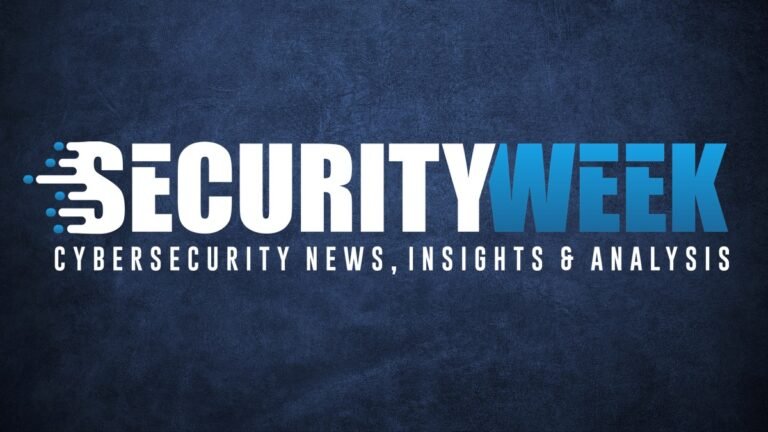Essential Insights
-
Major Incentives: Microsoft is offering up to $5 million in rewards for security researchers participating in the Zero Day Quest hacking competition scheduled for spring 2026, building on the previous event’s $1.6 million payout.
-
Vulnerability Focus: Submissions for vulnerabilities in key Microsoft products (Azure, Copilot, Dynamics 365, Power Platform, Identity, and M365) will be accepted from August 4 to October 4, 2025, with critical issues eligible for a +50% bounty multiplier.
-
Collaboration Opportunity: Selected researchers will participate in an invite-only live hacking event at Microsoft’s Redmond campus, fostering collaboration with Microsoft’s product teams and the Microsoft Security Response Center (MSRC).
- Commitment to Security: Microsoft emphasizes transparency in vulnerability disclosure through its Secure Future Initiative (SFI), aiming to enhance Cloud and AI security while encouraging participants to share findings publically post-patch.
The Issue
In a strategic move to fortify cybersecurity, Microsoft has announced the upcoming Zero Day Quest hacking competition, set for spring 2026, with a staggering prize pool of up to $5 million for adept security researchers. This initiative follows the substantial $1.6 million awarded during the previous iteration of the competition in 2025, which focused on uncovering vulnerabilities across key Microsoft products, including Azure, Copilot, Dynamics 365, and M365. The initiative invites participants to submit vulnerability findings from August 4 to October 4, 2025, offering a 50% bounty multiplier for critical vulnerabilities. This event not only serves as a platform for individual researchers but also aims to foster collaboration between the brightest minds in cybersecurity and Microsoft’s own product teams.
Reporting on this initiative, Microsoft emphasizes its commitment to transparency and continuous improvement in security practices as part of its Secure Future Initiative (SFI). The company aims to share crucial vulnerability discoveries through its CVE program, even if no immediate customer action is required, thus adhering to its principles of securing systems from the ground up. By inviting researchers to showcase their findings, Microsoft is poised to enhance its defenses against cyber threats, further solidifying its role as a leader in cloud and AI security.
Risks Involved
The impending Zero Day Quest 2026, with its substantial financial incentives for vulnerability discovery across pivotal Microsoft platforms, introduces an array of potential risks that could reverberate across various businesses and organizations. Should these vulnerabilities be exploited before they are identified and mitigated, the consequences could extend well beyond Microsoft’s ecosystem, jeopardizing interconnected systems and leading to widespread data breaches, operational disruptions, and loss of consumer trust. Other enterprises leveraging Microsoft technologies may find themselves inadvertently collateral damage in this speculative landscape, facing reputational harm and increased regulatory scrutiny. Furthermore, the competitive nature of the event could inadvertently incentivize malicious actors to prioritize exploitation over responsible disclosure, thereby amplifying the cyber threat landscape. The ripple effects of such vulnerabilities could culminate in a destabilized marketplace, where the erosion of consumer confidence and escalating security-related expenditure become pervasive challenges for all organizations in this interconnected digital age.
Possible Actions
The rapid deployment of comprehensive remediation strategies is paramount in countering the implications highlighted by "Microsoft Offers $5 Million at Zero Day Quest Hacking Contest." Effective and timely responses ensure the security landscape evolves in tandem with emerging threats.
Mitigation Strategies
- Patch Management: Implement regular updates to software and systems to address vulnerabilities.
- Access Controls: Restrict user permissions to minimize exposure to potential zero-day exploits.
- Threat Intelligence: Leverage threat intelligence sharing to stay informed about emerging vulnerabilities.
- Network Segmentation: Isolate critical systems to limit the spread of potential threats.
- User Training: Educate employees on recognizing and reacting to phishing attempts and other attack vectors.
NIST CSF Guidance
The NIST Cybersecurity Framework (CSF) emphasizes the importance of continuous monitoring and incident response capabilities to effectively mitigate risks associated with vulnerabilities. For more detailed information, refer to the NIST Special Publication (SP) 800-53, which outlines security and privacy controls relevant to safeguarding against such threats.
Stay Ahead in Cybersecurity
Stay informed on the latest Threat Intelligence and Cyberattacks.
Learn more about global cybersecurity standards through the NIST Cybersecurity Framework.
Disclaimer: The information provided may not always be accurate or up to date. Please do your own research, as the cybersecurity landscape evolves rapidly. Intended for secondary references purposes only.
Cyberattacks-V1

